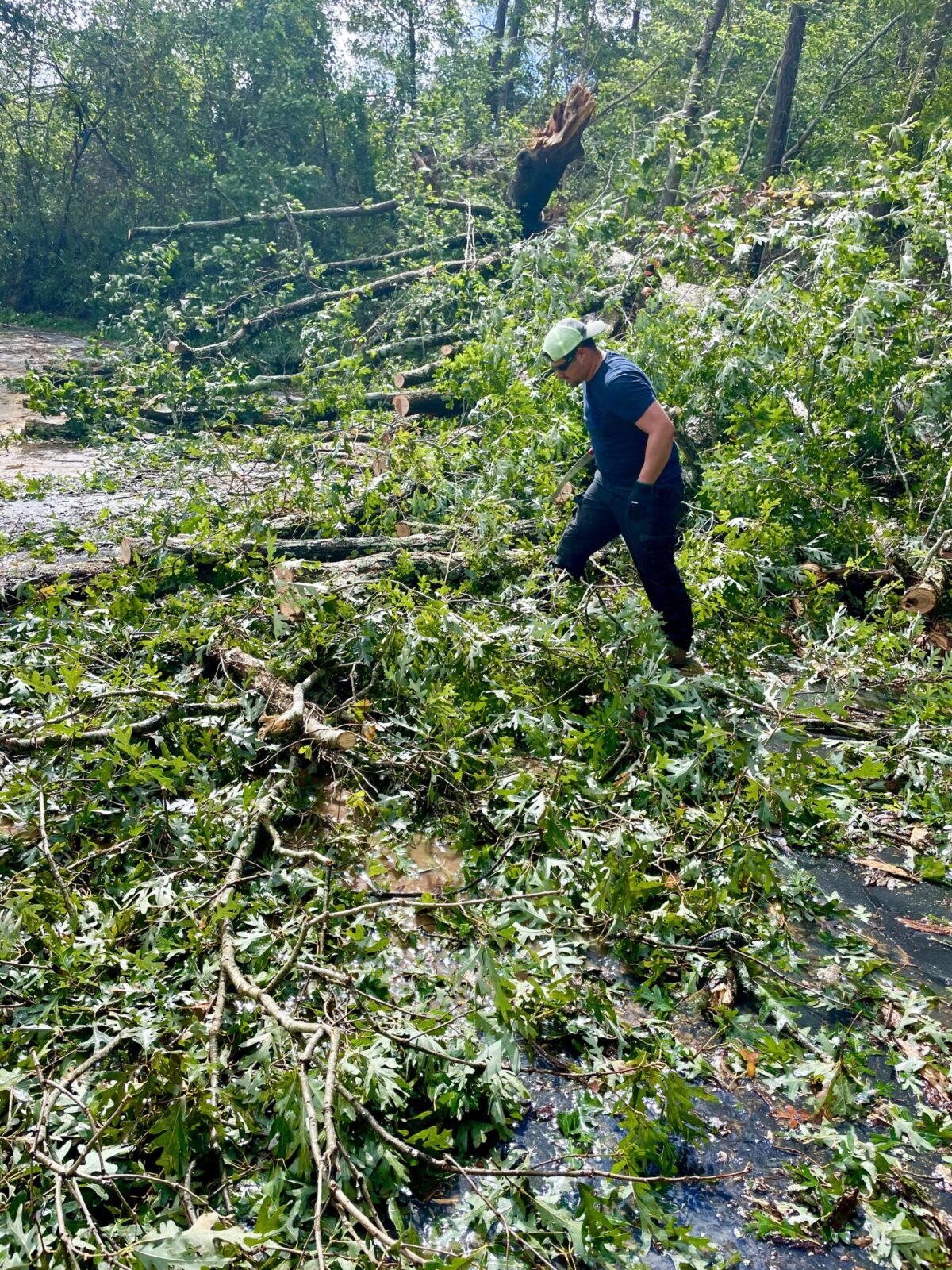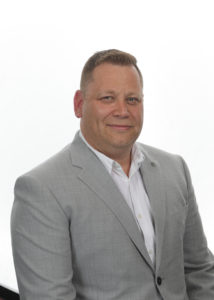Sign up for daily news updates from CleanTechnica on email. Or follow us on Google News!
Tesla’s Supercharger network is recognized as the gold standard that all other charging companies aspire to match if they can. So far, none have. Tesla Superchargers make up 60%+ of US high-speed charging ports, and their reliability has been a significant factor in Tesla’s top electric vehicle (EV) sales numbers. Tesla is one of the larger customers for utilities around the country, and, in support of the Supercharger success, the feds have provided Tesla $5 billion in funding for new chargers.
Then Tesla CEO Elon Musk fired the Supercharger division last month. Since that event, more details have emerged from behind-the-scenes at Tesla to fill in some blanks. What the heck? What was going through Musk’s mind to make such a drastic decision?
Rebecca Tinucci was a high-ranking Tesla executive — a rare female in that role. Until quite recently, her immediate supervisor was battery-and-energy chief, Drew Baglino, who oversaw the charging department and was largely independent of Musk. In October 2023 Baglino stated that the company was producing 4680 cells on 2 production lines in Austin and planned to install a total of 8 lines there in 2 phases, with the last 4 due to be running in late 2024.
But nothing stays the same at Tesla, it seems. In the April shareholder letter, the company explained that the 4680 ramp continued successfully in Q1 and “continues to stay ahead of the Cybertruck ramp. Costs continued to come down sequentially as scrap, yield, and production rate improved.” But during the companion investor’s call it was also noted that, until further Cybertruck production ramp-ups occur, the company won’t produce many more 4680 batteries.
By April 2024, Baglino had made the “difficult decision to move on from Tesla after 18 years.”
I made the difficult decision to move on from Tesla after 18 years yesterday. I am so thankful to have worked with and learned from the countless incredibly talented people at Tesla over the years.
I loved tackling nearly 🤣 every problem we solved as a team and feel gratified…
— Drew Baglino (@baglino) April 15, 2024
After Baglino’s departure, Tinucci began reporting directly to Musk.
Tinucci had already cut between 15% and 20% of staffers two weeks prior to the infamous meeting with Musk, which was depicted as a sit-down to determine the fate of the company’s EV charging network.
Remaining Supercharger workers at the time were confident that Musk would not only keep the Supercharger network in tact but also unveil plans for the network’s expansion. After all, the network has been profitable due to cost control and precise location choice — the network attracts business throughout the day instead of only during peak demand times, when electricity costs spike. Tesla’s costs per-charging-port have been around 50% lower than those of competitors.
In fact, the company boasts about the strength of its Supercharger network on its website. “There are over 50,000 global Superchargers conveniently placed along popular travel routes, located near amenities such as restaurants, shops, restrooms, and Wi-Fi hot spots. Each site has multiple Superchargers to get you charged and back on the road quickly.”
Tinucci gave a presentation to Musk that infamous day which laid out the viability and profitability of a Supercharger expansion, but Musk was not pleased with Tinucci’s argumentation — he wanted more layoffs. Tinucci fought back, claiming that more layoffs would be contrary to the foundational underpinnings of the Supercharger network’s success.
Mercurial Musk was not convinced. He fired Tinucci on the spot and laid off 500 employees in the Supercharging division, which comprised the majority of its Supercharger team. These are the people who found efficient places to locate chargers, designed the plans for the site, dealt with utilities, hired contractors, and completed all the small details necessary to grow and upgrade the network.
With the decimation of the Supercharger team that fateful day, Tesla’s energy team, which was already struggling to keep up with its own workload, was dually assigned to Superchargers. Their immediate tasks were to contact some existing partners about finalizing ongoing charger construction projects. While it does hold some comparable design and construction roles, energy department projects are quite distinct from the Supercharger division’s skill sets — Superchargers are located in public places and require extensive negotiations with utilities, local governments, and landowners.
A Tesla email sent to outside vendors, a Tesla global-supply manager, and suppliers instructed them to “please hold on breaking ground on any newly awarded construction projects” and halt materials purchases. “I understand that this period of change may be challenging, and that patience is not easy when expecting to be paid!” If a company was currently working on an active Supercharging construction site, though, it was asked to continue.
When the layoffs came down on April 30, Musk posted that the company had not wavered in its confidence in the Supercharger network but is simple approaching it differently.
Tesla still plans to grow the Supercharger network, just at a slower pace for new locations and more focus on 100% uptime and expansion of existing locations
— Elon Musk (@elonmusk) April 30, 2024
Ever since, calls have been coming in to the energy department from vendors, contractors, and electric utilities, some of which had spent millions of dollars on equipment and infrastructure to help build out Tesla’s network.
Last week Musk posted that “Tesla will spend well over $500M expanding our Supercharger network to create thousands of NEW chargers this year.” This amounts to approximately 77% fewer charging ports per month in the US compared with Tesla’s Supercharger expansion rate through April. That $500 million expansion budget still requires hundreds of employees.
Then there’s the plan to make the Supercharger network compatible with other manufacturers’ vehicles. Tesla continues to affirm that the North American Charging Standard (NACS) is moving forward. In fact, the company noted in a recent securities filing that it needed to expand charging to “ensure adequate availability” for customers, particularly after automakers including Ford, General Motors, Toyota, and Hyundai announced they would start making their cars compatible with Tesla’s charging plugs, giving their vehicles Supercharger access.
Can Tesla continue to roll out enough new charging sites while also implementing existing Supercharger upgrades to allow more compatibility? Are relationships that Tesla had with suppliers and electric utilities too damaged at this point to be salvaged?
It’s hard to know which way the Tesla winds will blow with its Supercharger network. Some companies aren’t waiting: EVgo announced that it will begin to deploy NACS connectors — currently in the process of being standardized as SAE J3400 — on its fast charging network later this year.
In 2012 Musk revealed its Supercharger network. “Tesla’s Supercharger network is a game changer for electric vehicles, providing long distance travel that has a level of convenience equivalent to gasoline cars for all practical purposes … Tesla is demonstrating just how fundamentally better electric transport can be.” The Supercharger network was definitely revolutionary, but can Tesla continue to assure EV drivers of their ability to charge efficiently with all the recent turmoil?
(Sources for this article include a Reuters exposé which featured interviews 8 former charging division employees and one contractor, who commented that Tesla staffers contacting his company since the layoffs “don’t know a thing.” Rather than the expected 20% of 2024 revenue from Supercharger expansion, the contractor will look elsewhere and eliminate reliance on Tesla.)
Have a tip for CleanTechnica? Want to advertise? Want to suggest a guest for our CleanTech Talk podcast? Contact us here.
Latest CleanTechnica.TV Video
CleanTechnica uses affiliate links. See our policy here.





